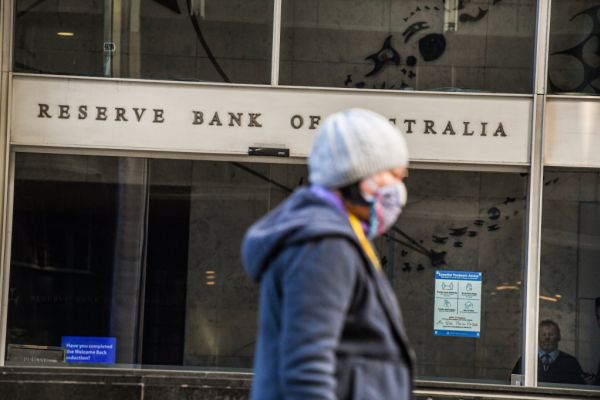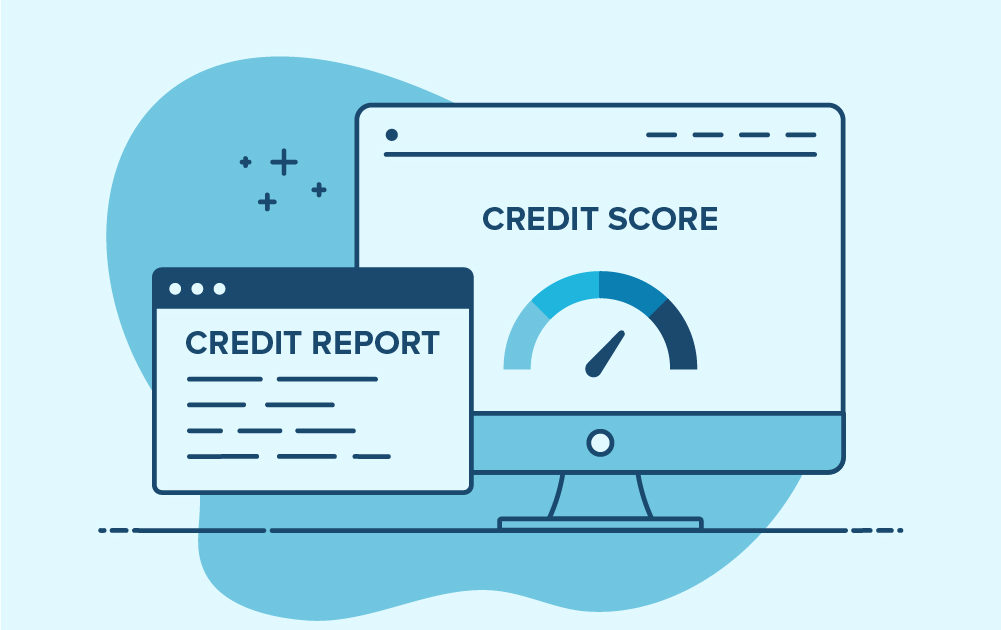Copyright:Domain
The Reserve Bank of Australia is keeping its cash rate at its lowest point ever – 0.1 per cent – for the eighth month running after its monthly meeting on July 6, but has given its strongest signal yet that a rise might come earlier than originally indicated.
While there’s no change to the cash rate target, the RBA outlined the next phase of its quantitative easing program to help maintain low borrowing costs.
RBA governor Philip Lowe said on Tuesday that its three-year yield target, which links borrowing to the 0.1 per cent rate, will only last until April 2024, rather than till November that year.
The board also decided not to renew the bank’s program of $100 billion bond purchases for a third round after the completion of the current program in September, opting instead for a program of weekly $4 billion purchases until at least mid-November.
While the rate of bond purchases has been slightly reduced, the weekly target allows greater flexibility to adjust monetary stimulus to respond to the strengthening economy.
“These measures will provide the continuing monetary support that the economy needs as it transitions from the recovery phase to the expansion phase,” said Dr Lowe. “The Board is committed to achieving the goals of full employment and inflation consistent with the target.
“Today’s decisions, together with those taken previously, have the economy on a path to achieve those objectives.”
But the announcement, indicating that the economy is doing much better than previously forecast, ignited immediate speculation that an interest rate increase may come sooner than predicted.
While the RBA restated — in somewhat softer language — that rates are unlikely to rise before 2024, the chorus of experts in the finance industry who argue it will happen sooner has grown louder.
Many now say the interest rate will be hiked upwards for the first time in 2023, while some even predict it could happen as early as next year.
Economist Saul Eslake, of Corinna Economic Advisory, says he can understand why the Reserve Bank is saying nothing will change until wages rise, at least in line with the CPI. But his view is that, with the release of bullish jobs data, we are going to get to that point a lot sooner than 2024 at the earliest.
“Because our international borders are closed, job seekers aren’t competing with migrants, and Australians are spending all our money at home rather than abroad, which more than outweighs the money that would otherwise be spent by foreign tourists,” he said.
“As a result, unemployment could be down to 4.5 per cent by Christmas, and to 4 [per cent] by as soon as next year. Then there’ll be wages growth and, after a bit of a lag, we could see interest rates rising from early 2023.”
Mr Eslake is not alone in his view. Westpac chief economist Bill Evans has brought forward his interest rate rise prediction to early 2023 after the fall in the unemployment rate to 5.1 per cent, while the Commonwealth Bank is even intimating that a rise could come as soon as November next year.
At the ANZ Bank, senior economist Felicity Emmett is predicting a rise early in 2023. Originally, ANZ economists were agreed on a rise in the second half of 2023, but the jobs figures have now pushed that forward.
“The Reserve Bank are saying probably they won’t raise rates until 2024 because wages growth is too low and they don’t think it will rise enough to hit their targets until then,” said Ms Emmett. “But at ANZ, we think they’ll raise the rate in early 2023 because wages are still low, even though there are pockets of pressure emerging.
“There are factors like household borrowing rising and, with house prices still rising, the Reserve Bank are really starting to worry that household debt is growing too fast and people are taking on too much debt. We’re likely also to see some credit controls towards the second half of this year to control that.”
The housing market is indeed continuing to perform vigorously, with Sydney and Melbourne posting the highest June clearance rates in six years, albeit lower than the highs of March.
Investors are now back buying, with the latest St George figures showing that the value of new loans increased by 4.9 per cent in May, hitting a new record high of $32.6 billion, driven by a 13.3 per cent surge in investor lending. Investor lending is now 75.4 per cent higher than at the pandemic’s start.
As a result, it’s possible there could be new measures put in place to limit how much they can borrow, Ms Emmett says. “The Reserve Bank could also ask banks to increase the rate they use to work out mortgage serviceability,” she said.
“So that would build in a buffer in case interest rates do rise sooner. And with the lockdowns, it does mean their talk is more dovish [about promoting economic growth and the creation of jobs] and they highlight that we’re still in very uncertain times.”




